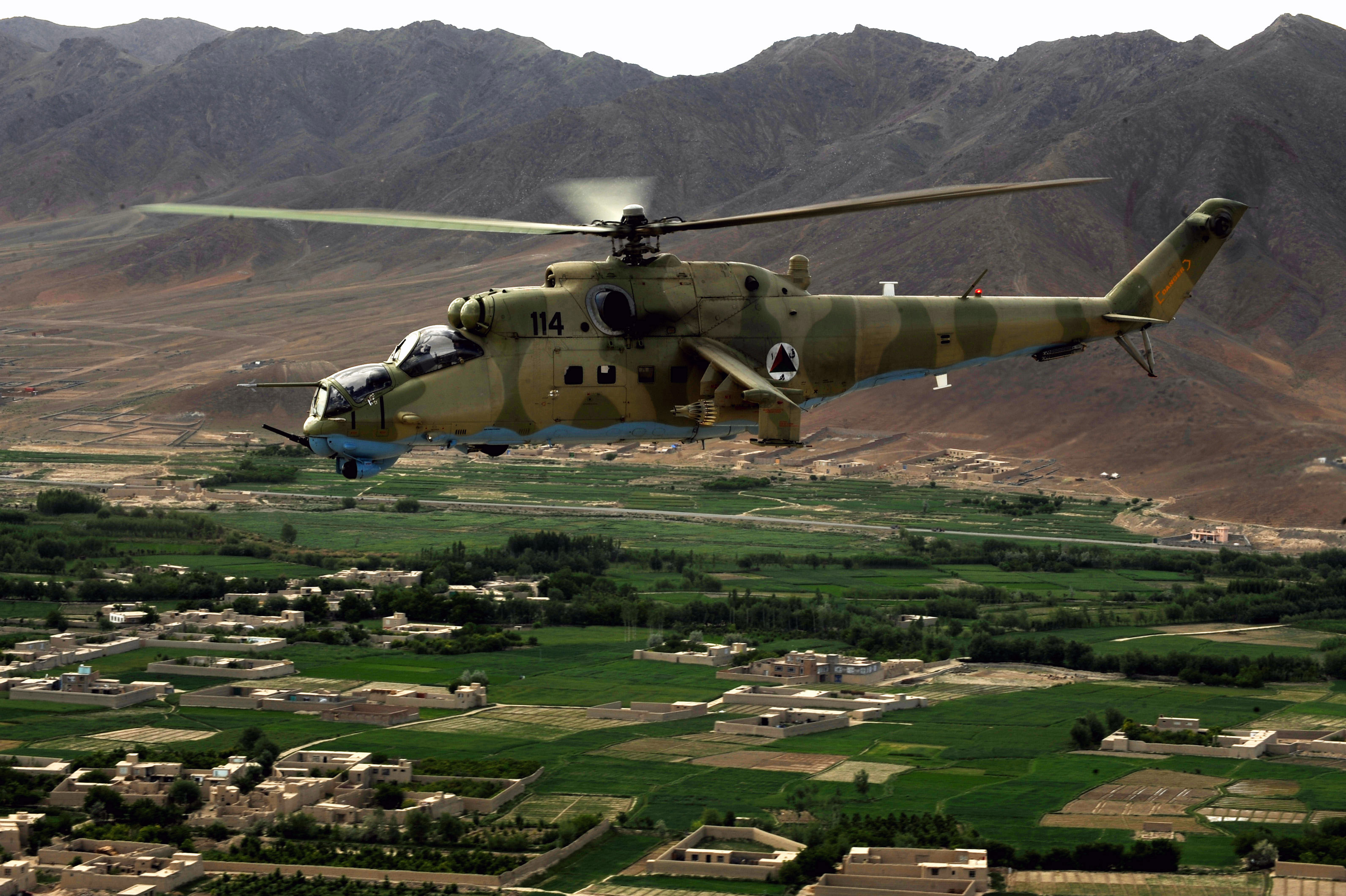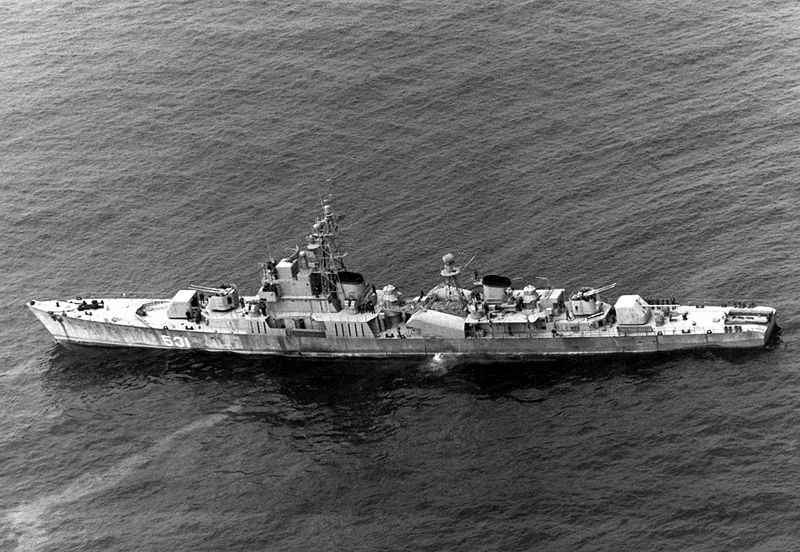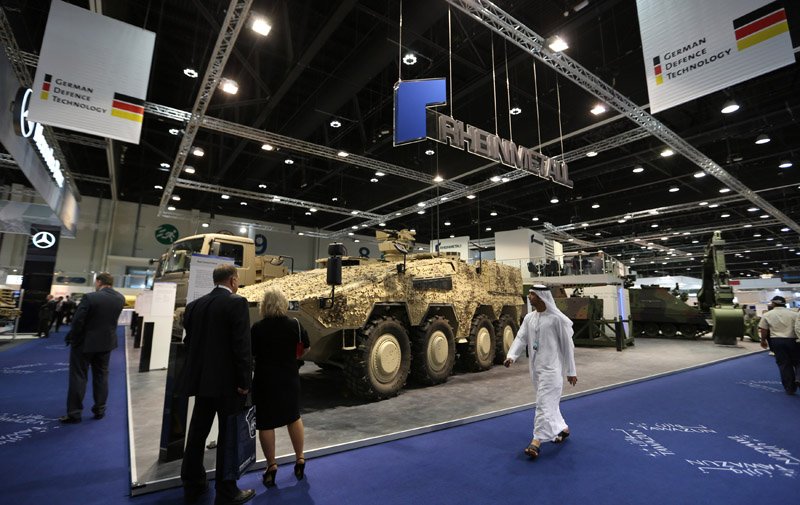As the Afghan National Defense and Security Forces (ANDSF) prepare for the 2016 fighting season, the Afghan Air Force (AAF) recently took delivery of several aircraft meant to bolster its indigenous air capabilities in the fight against the resurging Taliban. Since the overthrow of the Taliban regime in 2001, Afghan security forces have relied extensively on American and NATO forces to provide air support. The U.S. forces in Afghanistan (USFOR-A) and NATO allies ended their combat mission January 1, 2105, and shifted into a Train, Assist and Advise mission.
The AAF is assuming a larger responsibility in the areas of aerial resupply, air interdiction, armed overwatch, aerial escort mission, close air support (CAS), and casualty evacuation (CASEVAC) responsibilities. The AAF is not expected to be entirely self-sufficient before 2017. It still faces important challenges including delays in aircraft procurement; lack of qualified pilots and maintainers across all bases; lengthy training; desertion; and overall issues of leadership. All of these factors call into question the AAF’s ability to meet the 2017 deadline.
As of November 30, 2015, the AAF’s inventory counted 91 aircraft, including C-208s, C-130s, Mi-35s, Mi-17s, MD-530s, and Cheetahs. On January 15, the AAF received four A-29 Super Tucano light attack aircraft provided by the U.S. under its light Air Support program. At a cost of US$ 427.5 million, the U.S. Air Force ordered a total of 20 A-29s, all destined for Afghanistan. The remaining 16 aircraft will be delivered by 2018. Between fiscal year (FY) 2010 and FY 2015, the U.S. has invested over US$2.5 billion to build AAF capabilities and long-term sustainability. The U.S. further supplied the AAF with light MD-530 helicopters. The same week India also provided the AAF with four Mi-25 attack helicopters. The Mi-25s and MD-530s will replace Afghanistan’s aging Russian-made Mi-35 attack helicopters, which are expected to reach the end of their life cycle in 2016.
The delivery of the A-29s comes a month after the first eight Afghan pilots and 12 maintainers graduated from the 81st Fighter Squadron at Moody Air Force Base, Georgia, on December 18. In addition to the 81st training squadron, 170 airmen are currently training, advising, and assisting the AAF in Afghanistan. Finding and training pilots and maintenance teams is a time-consuming process. Afghan pilot and maintainer shortages create a strain on what the AAF is able to do and where it is able to operate in the country.
Despite the Afghan government’s 2015 request to accelerate the training and equipping of AAF forces at Fort Moody, there are few shortcuts around the already fast tracked 337 days training period. According to Major General James Hecker, 19th Air Force commander, ‘[Pilot training takes] two to three years depending on which aircraft they are going to [fly] but they had to push it up because they need to get over there and get in the fight.’ In addition, while the AAF has some of the highest retention rates, desertion remains a risk factor. The number of Afghans deserting while on training in Georgia remains low, but with a total of 30 pilots and 90 maintainers expected to qualify on A-29s by 2018, any loss of personnel increases the strain on other A-29 crewmembers.
While the AAF is expanding its envelope of capabilities, its primary role is to enable ANDSF operations by providing air mobility and CAS across all of Afghanistan. The addition of several new aircrafts, pilots, and maintainers will give Afghanistan’s air capabilities a much-needed boost ahead of the 2016 fighting season. The ANDSF faced their bloodiest fighting season in 2015. Over 4,000 soldiers and police were killed and 8,000 wounded, marking a 50% increase in combat-related casualties from 2014. While the higher operational tempo for 2015 can account for the sharp increase in casualties, it also served to highlight AAF shortfalls within in its fixed and rotary-wing fleet, which resulted in limited critical air support capabilities. When looking at the country’s CASEVAC capabilities over the course of three years, important progress has been made. During the 2015 fighting season for instance, the AFF performed 45% more CASEVAC missions than in 2014.
During his 2015 testimony to the House Armed Services Committee, Commander of USFOR-A, Gen. John F. Campbell identified several ANDSF critical capability gaps, including aviation. He went on to say that ‘these gaps will endure for some time, even with the addition of key enablers.’ While certainly a key enabler, indigenous CAS may not be the silver bullet ANDSF are hoping for during the upcoming fighting season. As the nascent AAF prepares, it still does not have a sufficient number of aircraft and qualified personnel to meet all of ANDSF operational needs across the country and will continue to work closely with its American and NATO allies.
Although CAS will be a feature during counter-insurgency operations, most fire support will continue to come from ground units. Gen. Campbell stressed that ‘What I tell the Afghans is, “don’t plan your operations wholly dependent on close air support. You have the capability. The Taliban doesn’t have close air support, the Taliban doesn’t have up-armored Humvees, the Taliban doesn’t have D-30 howitzers.” So a part of it is just leadership, again.’
Decades of conflict have left Afghanistan without the infrastructure, personnel, and leadership necessary to run a professional and self-sufficient air force. The AAF will continue to require coalition support to reverse the effects of these years of neglect. While Gen. Campbell does ‘not believe that “the Taliban-led insurgency represents an existential threat to the Government of Afghanistan,” the AAF still has a long way to go to reach self-sufficiency. Its performance during the 2016 fighting season will be an important test of confidence. Despite receiving new wings, the question remains as to whether or not it will soar.




